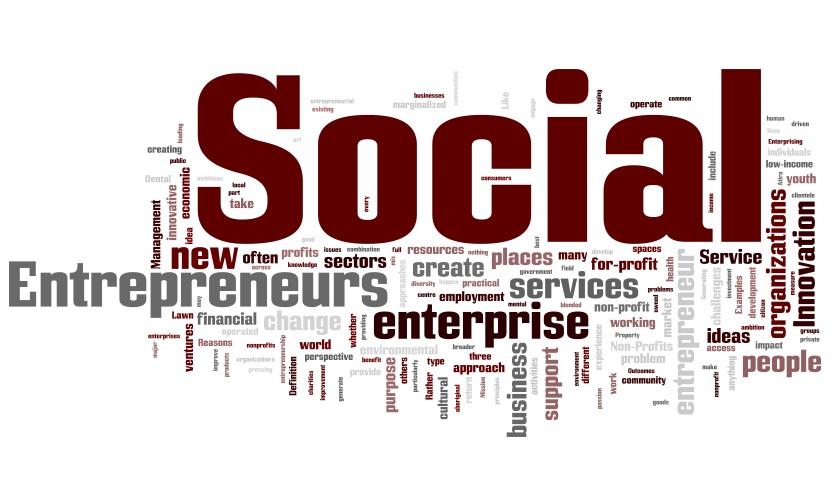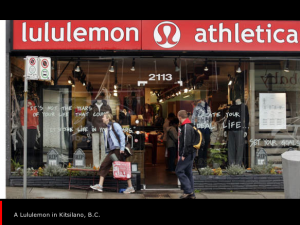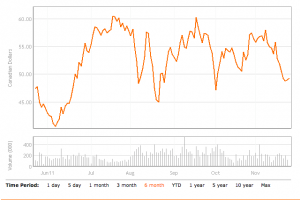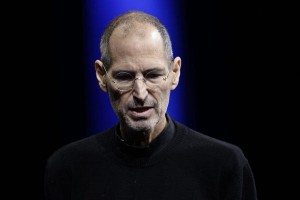Elaine’s blog post reminded me of Jeff’s question of whether we would take $100 today or $100 in later years. Elaine argues that she would take $100 today instead of waiting for a couple of years because she believes that prices of products will increase meaning that she can buy more with $100 now than in the future.
I totally agree with Elaine’s point of view. According to an article on Daily Reckoning, monetary inflation is our future. The article mentions that $100,000 50 years ago is considered a huge sum of money and the chances of people paying a loan that large are skim. However, $100,000 is a payable amount today and this is all because of monetary inflation over the past 50 years.
The existence of monetary inflation discourages people from saving money. I believe that the portion of the class similar to Elaine and I who chose to spend $100 today considers money to be less valuable in the future. Hence, we prefer to spend it now. A counter argument could be if $100 is put into the bank, it would be more than $100 in future years due to the interest rate. However, I believe that even if interest rate help increase the amount, monetary inflation will still cause $100 to be worth less than today.
Works Cited:
Saxena, Puru. “Monetary Inflation Is Our Future.” Daily Reckoning. Web. 24 Nov. 2011. <http://dailyreckoning.com/monetary-inflation-is-our-future/>.











